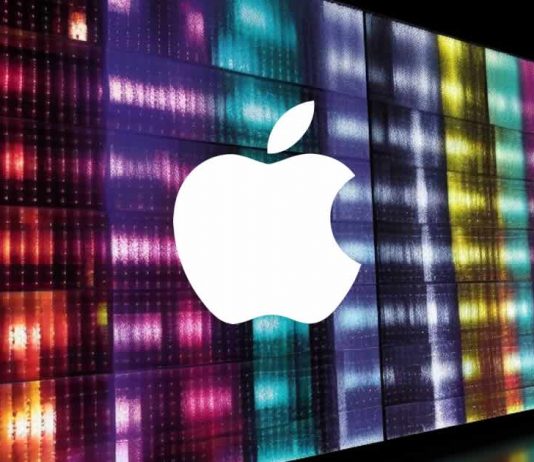In a significant shift towards self-reliance, tech giant Apple has announced its ambitious plans to manufacture its own MicroLED displays. This move is set to reduce the company’s dependence on Samsung, which has been providing OLED panels for Apple’s devices for years.
MicroLED technology, compared to the commonly used OLED, promises higher brightness, wider viewing angles, lower power consumption, and a longer life span. These advancements would greatly enhance the user experience, especially for iPhones, which are the company’s major revenue source.
Apple has invested at least $1 billion in the research and development of MicroLED technology over the past decade, according to reports from Nikkei Asia and Macrumors. The company is now poised to take control of production, aiming to perform the critical “mass transfer” step of the manufacturing process in-house. This involves placing tens of thousands of tiny microLED chips onto substrates.
Apple’s production plan includes fabricating the microLED chips directly on wafers. The company has partnered with ams-Osram for the microLED components, LG Display for the substrates, and TSMC for 12-inch wafers. The production is set to be carried out at Apple’s secretive R&D facilities in the Longtan District in the northern Taiwanese city of Taoyuan. Apple has dedicated R&D teams for this project working in the U.S., Taiwan, and Japan.
Notably, Apple is not just aiming to manufacture its own displays but also to spur hardware innovation. The MicroLED components are smaller than other LED standards, potentially creating space for integrated fingerprint recognition or health-related sensors on wearable devices. Furthermore, MicroLED displays can also be used on foldable products, a market that Apple has been speculated to enter in the future.
Despite the company’s extensive groundwork, the production of MicroLED displays remains challenging and comes with higher manufacturing costs. Therefore, Apple has planned a phased rollout of the technology, starting with the Apple Watch Ultra in 2025. The company’s ultimate goal is to bring the technology to iPhones, but the first iPhone with a MicroLED display is still several years away from launch.
This decision to move towards independent mass production of MicroLED screens aligns with Apple’s long-term strategy to reduce dependence on its partners and increase profits from its products. This strategic shift is expected to be a significant contributor to Apple’s fortunes and is essential to paying off the heavy R&D investments made over the years.
Apple’s investment and commitment to MicroLED technology signals a new era of display technology and a significant step towards increased self-reliance. It remains to be seen how this move will shape the future of display technology and Apple’s position in the global market.


